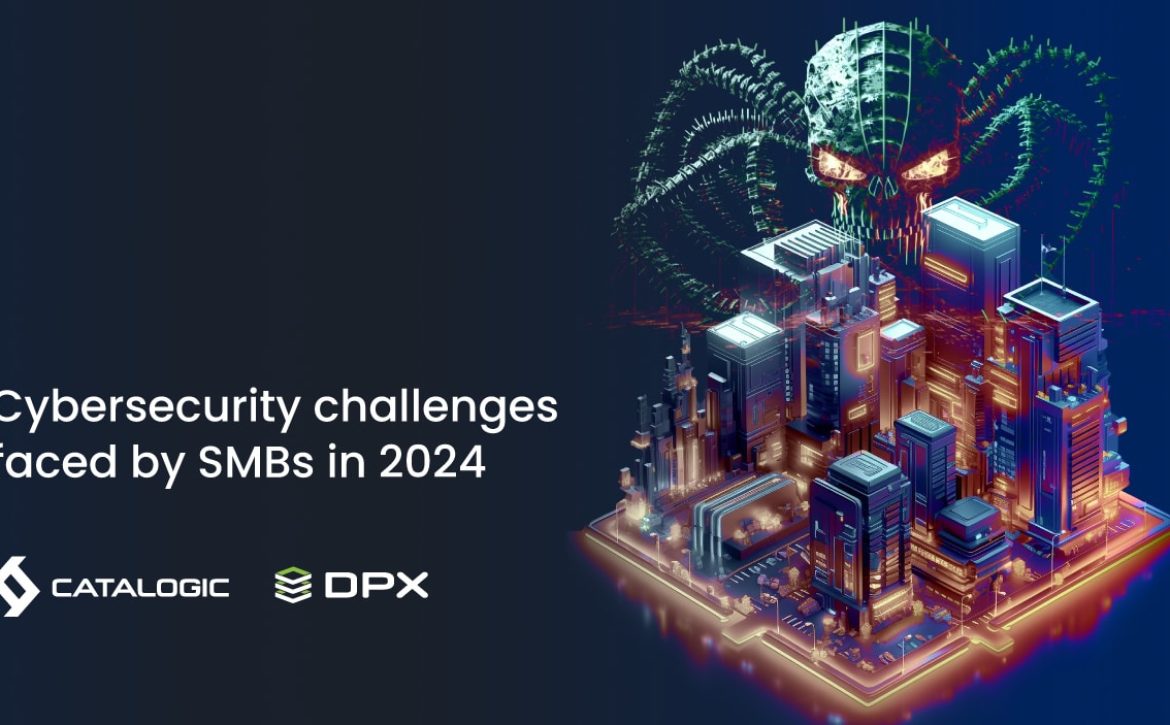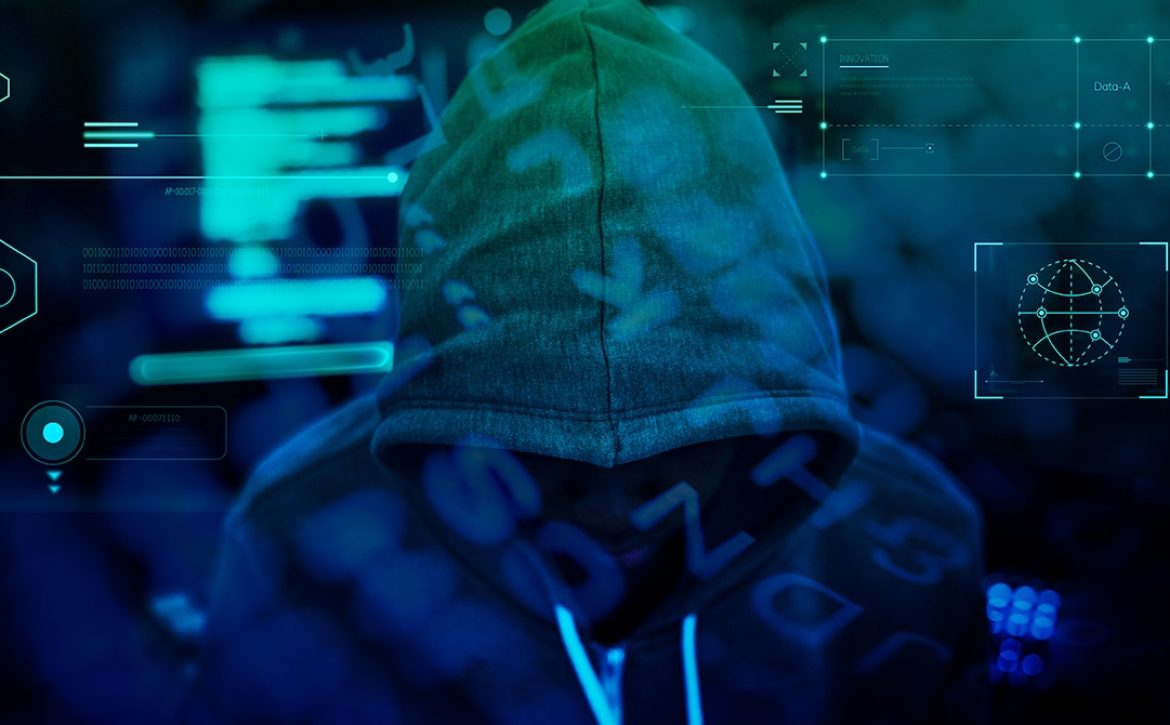Why SMBs Can’t Afford to Overlook Ransomware Protection: A ‘Matrix’ to Navigate the Cyber Menace
The digital landscape often resembles the perilous universe of ‘The Matrix’. Especially for small and medium-sized businesses (SMBs) it means that they are finding themselves in a constant battle against a formidable enemy: ransomware. The threat is real, and the stakes are high. It’s no longer about if you will be targeted, but when. This guide dives into why SMBs must take ransomware seriously and how they can fortify their defenses.
What is Ransomware and How Does It Work?
Ransomware, a form of malware, has been wreaking havoc across the globe. It works by encrypting data on a victim’s system and demanding a ransom for its release. The evolution of ransomware from its early days to modern, sophisticated variants like WannaCry and CryptoLocker showcases its growing threat. The impact of a ransomware attack can be devastating, ranging from financial losses to reputational damage.
Understanding the mechanics of ransomware is crucial. It typically enters through phishing emails or unsecured networks, encrypts data, and leaves a ransom note demanding payment, often in cryptocurrency. Unfortunately, paying the ransom doesn’t guarantee the return of data and encourages further attacks.
Why Are SMBs Prime Targets for Ransomware?
Contrary to popular belief, SMBs are often more vulnerable to ransomware attacks than larger corporations. Why? Many SMBs lack robust cybersecurity measures, making them low-hanging fruit for threat actors. The assumption that they’re “too small to be targeted” is a dangerous misconception.
SMBs are attractive to ransomware perpetrators for their valuable data and limited resources to defend against such attacks. These businesses play a critical role in supply chains, and disrupting their operations can have cascading effects. The cost of a ransomware attack for an SMB can be crippling, affecting their ability to operate and recover.
Which types of attacks pose the highest risk to SMBs in 2023?
According to SecurityIntelligence.com, there was a 41% increase in Ransomware attacks in 2022, and identification and remediation for a breach took 49 days longer than the average breach, a trend expected to continue in 2023 and beyond. Additionally, Phishing attacks surged by 48% in the first half of 2022, resulting in 11,395 reported incidents globally, with businesses collectively facing a total loss of $12.3 million.
Moreover, statistics indicate that no industry is immune to cyber threats:
- In Healthcare, stolen hospital records account for 95% of general identity theft.
- Within Education, 30% of users have fallen victim to phishing attacks since 2019. Additionally, 96% of decision-makers in the educational sector believe their organizations are susceptible to external cyberattacks, with 71% admitting they are unprepared to defend against them.
- Fintech experiences 80% of data breaches due to lacking or reused passwords, despite spending only 5% to 20% of their IT budget on security.
- The United States remains the most highly targeted country, with 46% of global cyberattacks directed towards Americans. Nearly 80% of nation-state attackers target government agencies, think tanks, and other non-government organizations.
How Can SMBs Defend Against Ransomware Attacks?
Defending against ransomware requires a proactive approach. SMBs should invest in ransomware protection strategies that include regular data backups, employee education, and robust security measures.
Endpoint detection and response (EDR) systems can identify and mitigate threats before they cause harm. Regularly updating software and systems helps close security loopholes. Employee training is crucial, as human error often leads to successful ransomware infections. Understanding and preparing for different types of ransomware attacks can significantly reduce vulnerability.
Recovering from a Ransomware Attack: What Should SMBs Do?
If an SMB falls victim to a ransomware attack, quick and effective action is vital. The first step is to isolate infected systems to prevent the spread of the ransomware. Contacting cybersecurity professionals for assistance in safely removing the ransomware and attempting data recovery is essential.
It’s generally advised not to pay the ransom, as this doesn’t guarantee data recovery and fuels the ransomware economy. Instead, focus on recovery and mitigation strategies, including restoring data from backups and reinforcing cybersecurity measures to prevent future attacks.
Ransomware Protection: An Investment, Not a Cost
Many SMBs view cybersecurity, including ransomware protection, as an expense rather than an investment. This mindset needs to change. The cost of a ransomware attack often far exceeds the investment in robust protection measures. Investing in ransomware prevention tools and strategies is essential for safeguarding business continuity and reputation.
In conclusion, ransomware is a serious threat that SMBs can’t afford to overlook. The cost of negligence is much higher than the cost of prevention. Implementing comprehensive cybersecurity measures, staying informed about the latest ransomware news, and fostering a culture of security awareness are crucial steps in building resilience against this growing threat.
Key Takeaways:
- Understand the Threat: Recognize that ransomware is a significant risk for SMBs.
- Invest in Protection: Implement robust security measures.
- Educate Employees: Regularly train employees to recognize and avoid potential threats.
- Have a Response Plan: Prepare a ransomware response plan for quick action in case of an attack.
- Regular Backups: Ensure regular backups of critical data to minimize the impact of potential attacks.
- Consider DPX by Catalogic: Ensure swift, cost-effective backup and recovery solutions safeguarding data from human errors, disasters, and ransomware, with rapid recovery options from disk, tape, and cloud storage.


